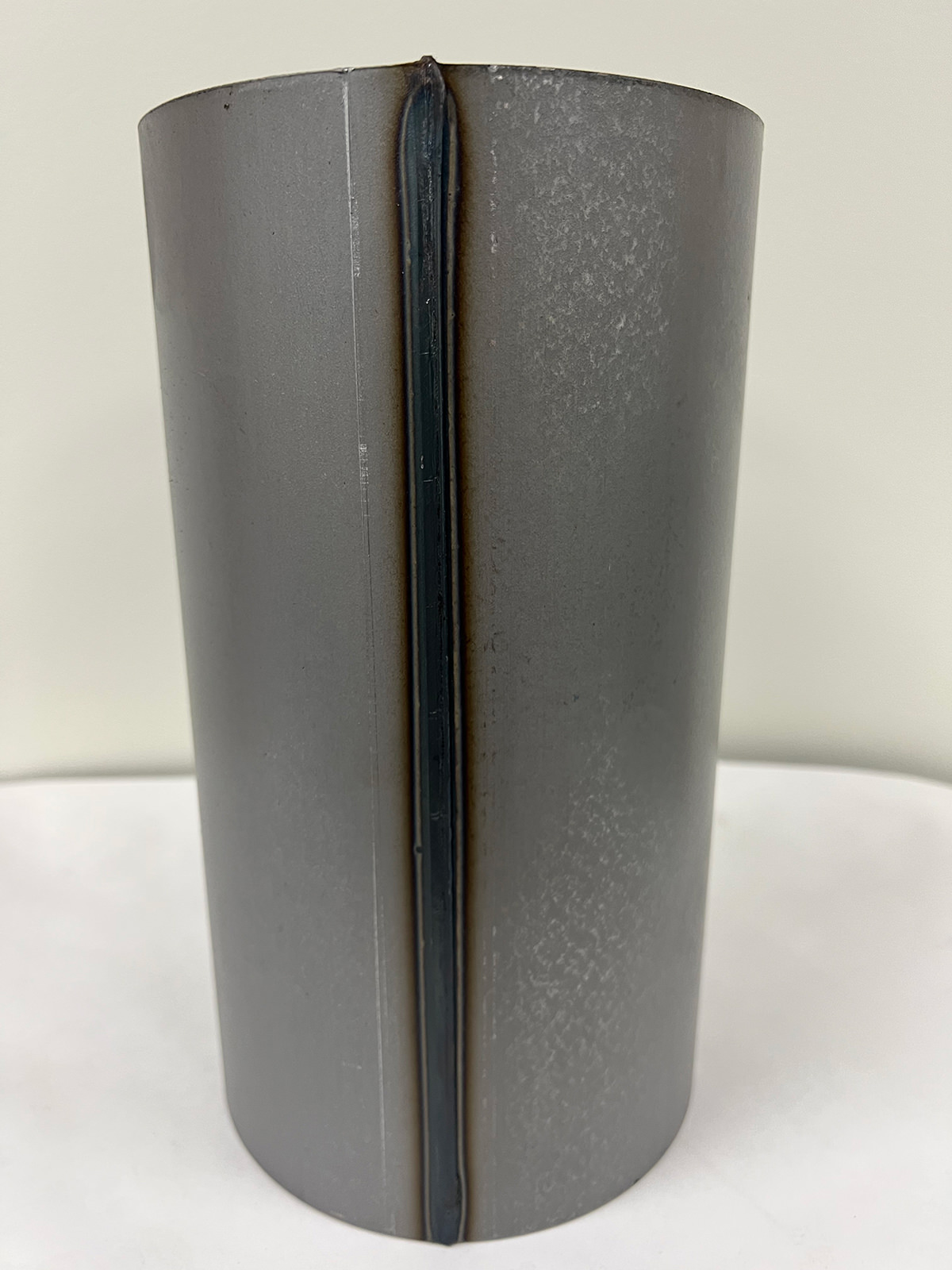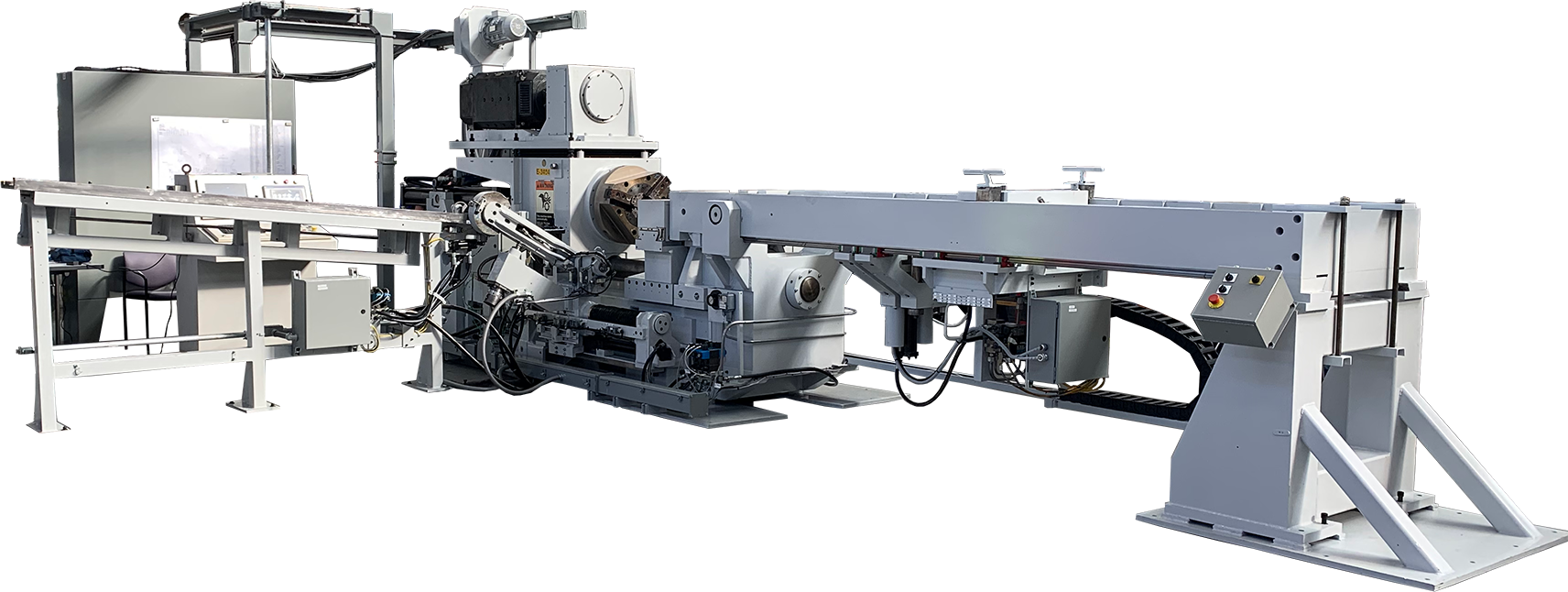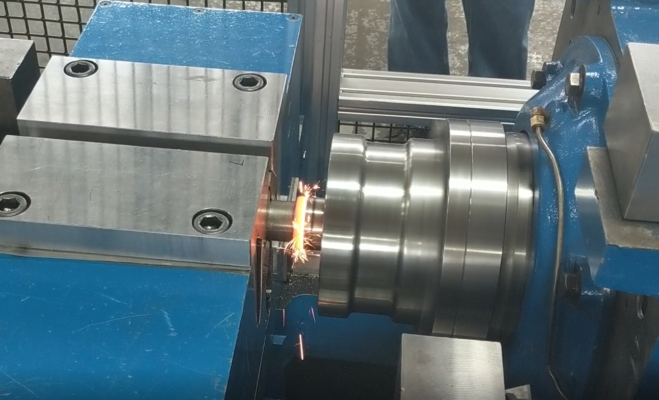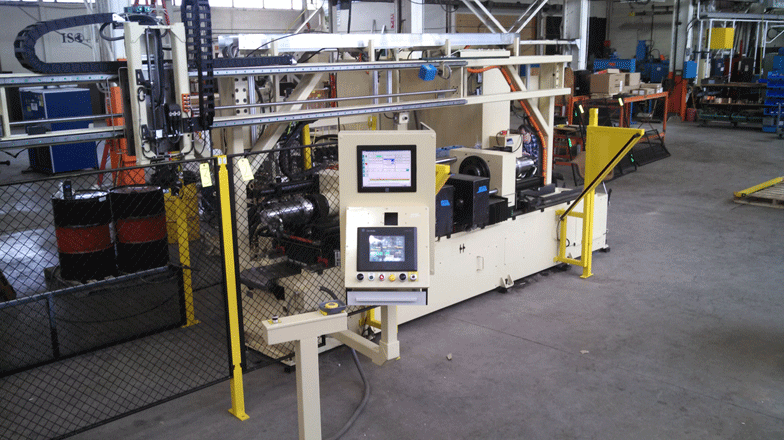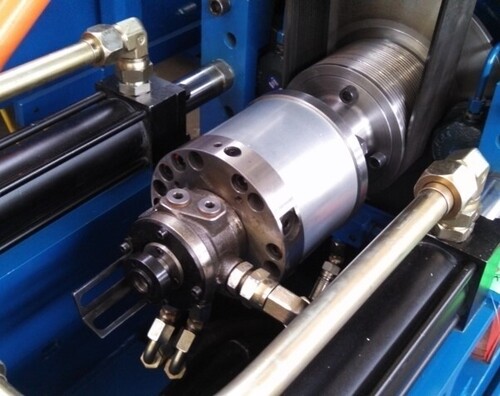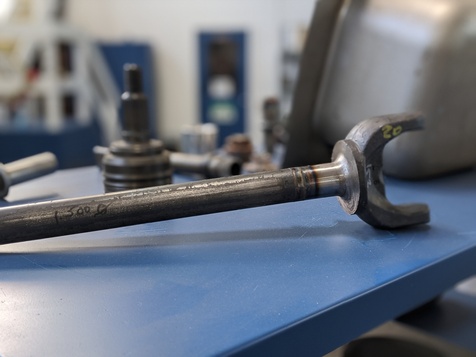Capabilities
Welding Systems
Koops’ welding capabilities now include Newcor multi-process welding and single stand-alone units, as well as OEM parts and machine repairs. We offer high-quality, reliable welding solutions to your specifications — however simple or complex.
Seam Welding
Reduced inertia mash-seam welding (also known as Low-Inertia Seam Welding) was conceived and designed to minimize mass in the welding system design. This was intended to increase weld wheel reaction time for maximum weld follow-up capabilities.
Seam Welding increases speed at the weld joint and decreases the necessary weld pressure. Thinner materials, and materials with difficult joining properties, can be welded more feasibly with a consistent high quality.
Applications:
- Electric motor housings
- Bumpers
- Compressors
- Catalytic converters
Benefits:
- Faster than conventional welding speeds
- Increase weld wheel reaction time
- Maximum weld follow-up capabilities
Friction Welding
Friction Welding is a solid-state joining process used to join two parts, small or large, together using the heat generated through the mechanical friction of two parts. This process has many advantages of other welding processes including the ability to weld a wide range of dissimilar metals, no shielding gas or filler metal required, and the ability to avoid certain weld defects commonly found in fusion welding processes.
Friction Welding is one of our specialties. It’s a popular engineering solution we provide our customers around the world.
Benefits of Friction Welding:
- Consistent quality
- Ability to join different metals
- Reduced material waste
- Shorter cycle time
- No filler metal is required
- Low levels of oxide
Resistance Welding & Projection Welding
Resistance welding is a robust industrial joining process capable of producing high strength joints at mass production speeds. One of the oldest of the electric welding processes in use by industries today, it involves the joining of materials which is produced at the faying surfaces. This is due to heat generated through the resistance of the material to the passage of electrical current. Force is applied before, during and after the application of current to confine the weld contact area at the faying surfaces. Variables critical to the weld are heat (weld current), pressure (weld force) and time.
Projection Welding is a subset of resistance welding whereby the energy for welding is focused via projections designed into the part at the weld location. This process concentrates the weld current which allows for more efficient welding using less weld current while not compromising weld strength.
Newcor has a long history of automating the resistance welding processes and applying them to a wide array of products across the appliance, automotive sheet metal / component, HVAC, Military / Aerospace, Electric Motor / Compressor, Container, Construction / Agriculture and Consumer Products industries. The Koops Newcor product line can be configured to your specific product and process, and then automated to create the most value for you. Also leveraging our engineering expertise to automate additional processes up-stream and down-stream of your welder will maximize your capital equipment investment.
Advantages of Resistance Welding
- Excellent for sheet metal applications, < ¼-inch
- No filler metal required
- High welding rates
- Many automation opportunities
- Low distortions
- Low tech process requiring minimal maintenance
Applications
- Motor Shells
- Compressor Shells
- Appliance Dryer / Washer Drums
- Appliance Components
- Agriculture Components
- Tool Box Cabinets
- Truck & Car Axles
- Automotive Components
- Automotive Sheet Metal
- Consumer Products
- Office Furniture
Advantages of Resistance Welding
- Excellent for sheet metal applications, < ¼-inch
- No filler metal required
- High welding rates
- Many automation opportunities
- Low distortions
- Low tech process requiring minimal maintenance
Applications
- Motor Shells
- Compressor Shells
- Appliance Dryer / Washer Drums
- Appliance Components
- Agriculture Components
- Tool Box Cabinets
- Truck & Car Axles
- Automotive Components
- Automotive Sheet Metal
- Consumer Products
- Office Furniture
